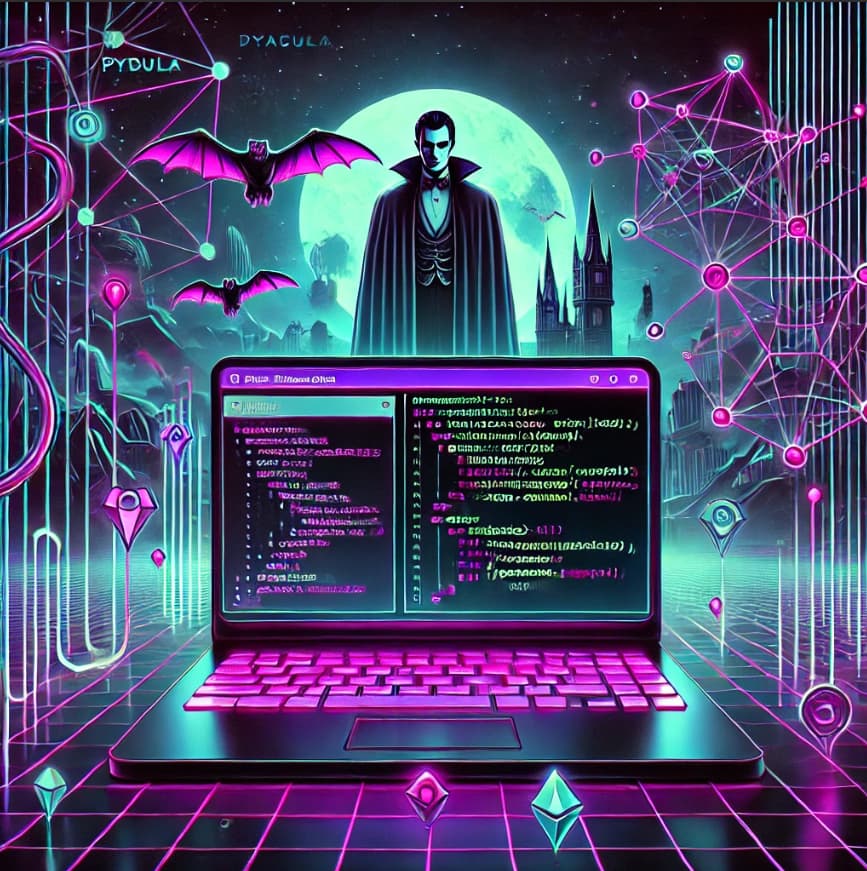MCP vs A2A: The Ultimate Guide to AI's New Plumbing for Developers
Learn the key differences between MCP and A2A protocols, and how they can be used to build more powerful and flexible AI applications.

As AI applications become more sophisticated, the need for standardized communication protocols has grown. Two prominent protocols have emerged to address different aspects of AI interaction: the Model Context Protocol (MCP) and the Agent-to-Agent Protocol (A2A). Understanding their distinctions is crucial for developers building advanced AI systems.
What is MCP?
Model Context Protocol (MCP) is designed to connect AI applications to external tools and data sources. It enables a single AI model to access and utilize various resources, enhancing its capabilities.
- Purpose: Allows AI applications (hosts) to securely connect to external data sources and tools (servers).
- Functionality:
- Access to resources like files, databases, and APIs.
- Execution of predefined prompts or workflows.
- Utilization of specific tools or functions exposed by servers.
- Use Case: Enhancing a code editor with real-time codebase analysis or enabling a chat assistant to retrieve live data from a database.
What is A2A?
Agent-to-Agent Protocol (A2A) focuses on enabling multiple AI agents to communicate and collaborate effectively. It facilitates coordination among diverse agents, each potentially developed by different vendors.
- Purpose: Enables different AI agents to discover each other's capabilities and collaborate on tasks.
- Functionality:
- Capability discovery through standardized "Agent Cards".
- Task management with standardized task objects.
- Exchange of context, instructions, and results among agents.
- Support for various modalities beyond text, including audio and video.
- Use Case: Coordinating a multi-agent system to plan a business trip, where separate agents handle flights, hotels, and calendar scheduling.
Frequently Asked Questions
What's the main difference between MCP and A2A?
MCP focuses on connecting AI applications to external tools and data sources, while A2A enables communication between multiple AI agents. MCP is about resource access, while A2A is about agent collaboration.
Can MCP and A2A be used together?
Yes, they can be complementary. For example, an AI agent using A2A for collaboration might use MCP to access external resources needed for its tasks.
What security considerations exist for both protocols?
Both protocols require careful attention to:
- Authentication mechanisms
- Data encryption
- Access control
- Security auditing
- Resource limitations
- Permission management
How do I choose between MCP and A2A?
Choose based on your primary need:
- Use MCP for connecting single AI applications to external resources
- Use A2A when you need multiple AI agents to work together
- Consider both for complex systems requiring both capabilities
What are the implementation challenges?
Common challenges include:
- Protocol integration complexity
- Performance optimization
- Resource management
- Error handling
- Scalability concerns
- Maintenance requirements
Ready to Scale Your Data Collection?
Join thousands of businesses using ScrapeGrapAI to automate their web scraping needs. Start your journey today with our powerful API.
How scalable are these protocols?
Both protocols are designed for scalability:
- MCP scales with resource access needs
- A2A scales with agent interaction complexity
- Both support distributed architectures
- Performance optimization options available
- Load balancing capabilities
- Resource management features
What development skills are needed?
Required skills include:
- Protocol implementation expertise
- System integration knowledge
- Security implementation
- Performance optimization
- Error handling
- API development
How do I monitor and maintain systems using these protocols?
Key monitoring aspects:
- Performance metrics tracking
- Error logging and handling
- Resource usage monitoring
- System health checks
- Security auditing
- Regular maintenance
What are the best practices for implementation?
Best practices include:
- Following protocol specifications
- Implementing proper security measures
- Optimizing performance
- Managing resources effectively
- Regular testing and validation
- Maintaining documentation
How do these protocols handle errors?
Error handling includes:
- Standardized error responses
- Recovery mechanisms
- Logging systems
- Fallback options
- Retry strategies
- Error reporting
What future developments are expected?
Future developments may include:
- Enhanced protocol features
- Better integration capabilities
- Improved performance
- New security measures
- Extended functionality
- Better tooling support
How do I ensure compatibility with future versions?
Ensure compatibility by:
- Following standard specifications
- Using version control
- Implementing flexible designs
- Regular updates
- Testing new versions
- Maintaining documentation
Related Resources
Want to learn more about AI agents and automation? Explore these guides:
- Building Intelligent Agents - Create powerful AI systems
- AI Agent Web Scraping - Learn about AI-powered automation
- Multi-Agent Systems - Master agent collaboration
- Mastering ScrapeGraphAI - Deep dive into AI capabilities
- LlamaIndex Integration) - Enhance your AI systems
- Full Stack Development - Build complete AI applications
- Structured Output - Master data handling
- Data Innovation - Discover new AI applications
- Web Scraping 101 - Master the basics of automation
These resources will help you understand how to build and deploy effective AI agents and automation systems.
Conclusion
MCP and A2A serve distinct yet complementary roles in the AI ecosystem. MCP enriches individual AI applications by providing access to external tools and data, while A2A enables multiple AI agents to work together seamlessly. Understanding and leveraging both protocols can lead to the development of more robust and capable AI systems.
For a deeper dive into these protocols, refer to the original article: MCP vs. A2A Protocols: What Developers Need to Know About AI's New Plumbing.